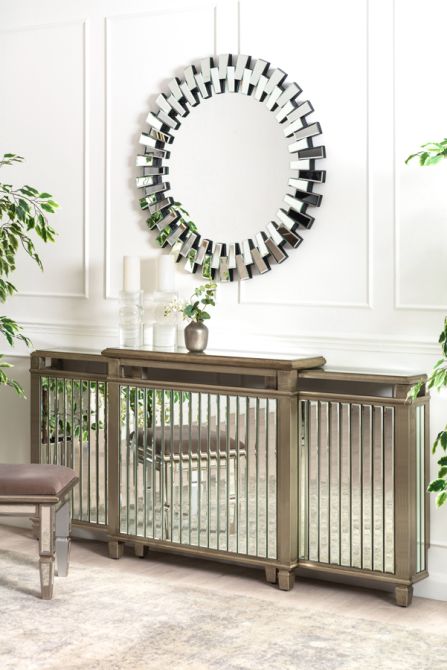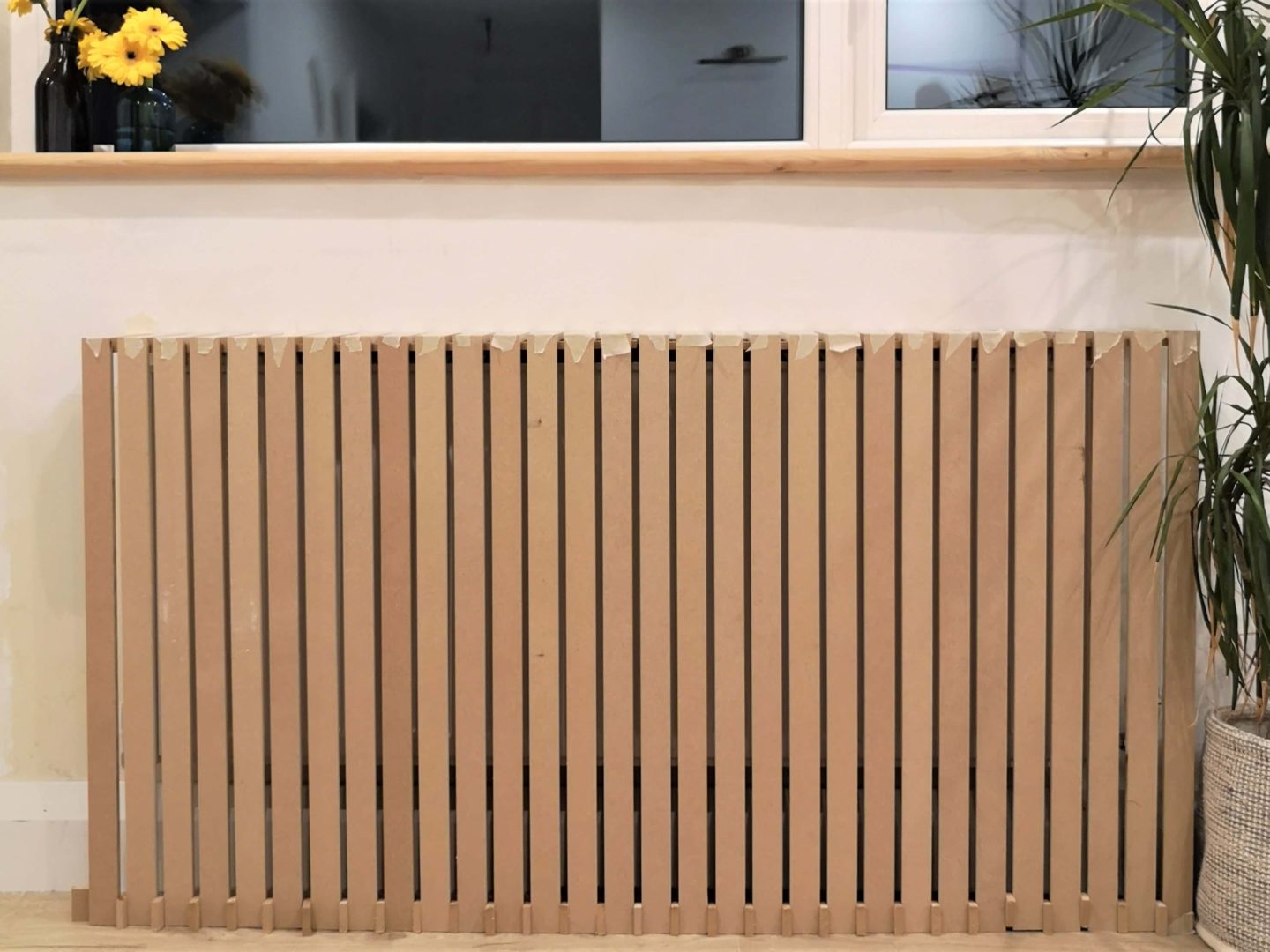Change Your Space with a Classy Radiator Cover
Change Your Space with a Classy Radiator Cover
Blog Article
Radiator Covers: Understanding Materials, Styles, and Benefits
Radiator covers offer both useful and visual purposes within a home, offering a variety of products such as mdf, metal, and wood to match various layout choices. Choosing the appropriate radiator cover involves understanding the nuances of materials, styles, and their associated benefits.
Kinds Of Products


Wood covers, commonly crafted from woods such as oak or maple, supply a classic, cozy look that matches standard insides. Their toughness and capability to be tarnished or repainted contribute to their versatility. Metal covers, typically made from steel or light weight aluminum, are favored for their effectiveness and modern look, commonly including smooth lines that boost modern areas.
MDF, a manufactured wood product, is popular for its cost-effectiveness and convenience of personalization. It can be repainted or finished to match existing decoration while using a smooth surface area. Plastic covers, while much less common, are immune and lightweight to wetness, making them suitable for moist atmospheres.
Eventually, the selection of product for a radiator cover need to align with the home owner's design preferences, functional requirements, and the specific atmosphere where the cover will be mounted. Each material provides a distinct character, making certain that there is a choice to match every preference and setup.
Popular Style Styles
Emphasizing visual appeal, popular layout styles for radiator covers mirror a series of preferences and interior layout patterns. Typical styles commonly feature complex woodwork and ornate describing, making them appropriate for traditional or vintage-inspired insides. These covers normally incorporate carved aspects, providing a cozy and welcoming feel to any space.
On the other hand, contemporary layouts concentrate on minimalist looks, characterized by clean lines and underrated sophistication. Products such as metal or smooth wood with a smooth surface are commonly used, allowing these covers to mix seamlessly into modern spaces. Industrial styles, on the various other hand, welcome raw materials like exposed steel and concrete, including a vibrant statement to loft or metropolitan settings.
For those looking for an one-of-a-kind touch, bespoke styles supply customization alternatives that deal with private preferences, allowing property owners to select shades, patterns, and materials that complement their style. In addition, farmhouse-style covers integrate rustic aspects, including distressed timber and easy types that evoke a relaxing, nation charm.
Benefits of Radiator Covers
Radiator covers not just improve the aesthetic charm of a space but likewise use numerous useful advantages that make them a worthwhile addition to any kind of home. Among the key advantages is safety, especially in houses with pets or kids. Covers minimize the danger of burns from hot radiator surfaces, making sure a safer atmosphere.
Additionally, radiator covers can enhance power efficiency. By guiding heat right into the space as opposed to allowing it to run away, they assist preserve a consistent temperature, decreasing heating costs gradually. This is especially helpful in older homes where radiator systems might be less effective.
One more remarkable check out here benefit is noise decrease. Radiators can in some cases produce unwanted noises during procedure, and covers can help stifle these sounds, contributing to a more calm home. Furthermore, radiator covers can be useful, giving additional storage space or screen area, thus taking full advantage of the energy of often-overlooked locations.
Lastly, they can safeguard radiators from dirt and particles, which can impede effectiveness and boost maintenance needs. With these incorporated advantages, radiator covers become a useful service for enhancing both the capability and design of any kind of home setting.
Installation Considerations
Installing radiator covers requires careful consideration to make certain both functionality and safety (Radiator cover). Initially, assess the measurements of your radiator and the surrounding space to make certain a correct review fit. Precise dimensions are critical; an ill-fitting cover can block heat circulation or produce safety and security risks
Next, review the product of the cover. While wood uses aesthetic appeal, metal options may provide far better resilience and warmth resistance. Consider the weight of the cover also; larger covers may require extra support or supports to prevent drooping or damages with time.
Air flow is an additional important element. Covers should feature sufficient air flow to stop getting too hot and maintain effective heating. Seek styles with slats or perforations that allow warmth to circulate without obstruction.
Additionally, ensure that the cover is securely mounted to stop accidents, particularly in homes with pet dogs or children. Radiator cover. It's advisable to adhere to the maker's installment standards closely and, if necessary, get in touch with an expert for complex installations
Maintenance and Care Tips
Appropriate upkeep of radiator covers is vital for ensuring their long life and optimum efficiency. For repainted or timber covers, take into consideration an ideal polish or safety covering to preserve their look.
Inspect the covers periodically for signs of wear or damage, such as cracks or peeling paint. Addressing these problems without delay can avoid more wear and tear. Guarantee that the covers are securely secured and look for any type of loosened screws or installations, as resonances from the radiator can loosen them in time.
In colder months, prevent putting heavy items or decorative things on top of the radiator covers, as this can hinder heat distribution and cause unneeded stress to the structure. Lastly, consider seasonal maintenance by getting rid of the covers for thorough cleansing and assessment during warmer months when the furnace is inactive. Taking on these easy care suggestions will boost the efficiency and visual charm of your radiator covers, guaranteeing they offer their purpose effectively for years ahead.

Final Thought
In summary, radiator covers act as practical and visual enhancements to property areas. The varied variety of materials, consisting of hardwoods, plastic, steel, and mdf, enables placement with different style styles such as typical, modern, commercial, and farmhouse. The advantages of try these out these covers extend past safety and power performance to consist of additional storage and dirt security. Cautious consideration of setup and maintenance additional ensures the durability and effectiveness of radiator covers in any kind of home environment.
Radiator covers serve both useful and aesthetic purposes within a home, using a variety of products such as metal, wood, and mdf to fit different design choices. Selecting the right radiator cover involves recognizing the nuances of materials, designs, and their connected advantages.Highlighting aesthetic charm, prominent style styles for radiator covers show a variety of preferences and interior layout patterns.Radiator covers not only improve the visual appeal of a room however additionally use numerous useful advantages that make them a rewarding addition to any type of home. Think about the weight of the cover as well; larger covers may need extra assistance or reinforcements to stay clear of drooping or damage over time.
Report this page